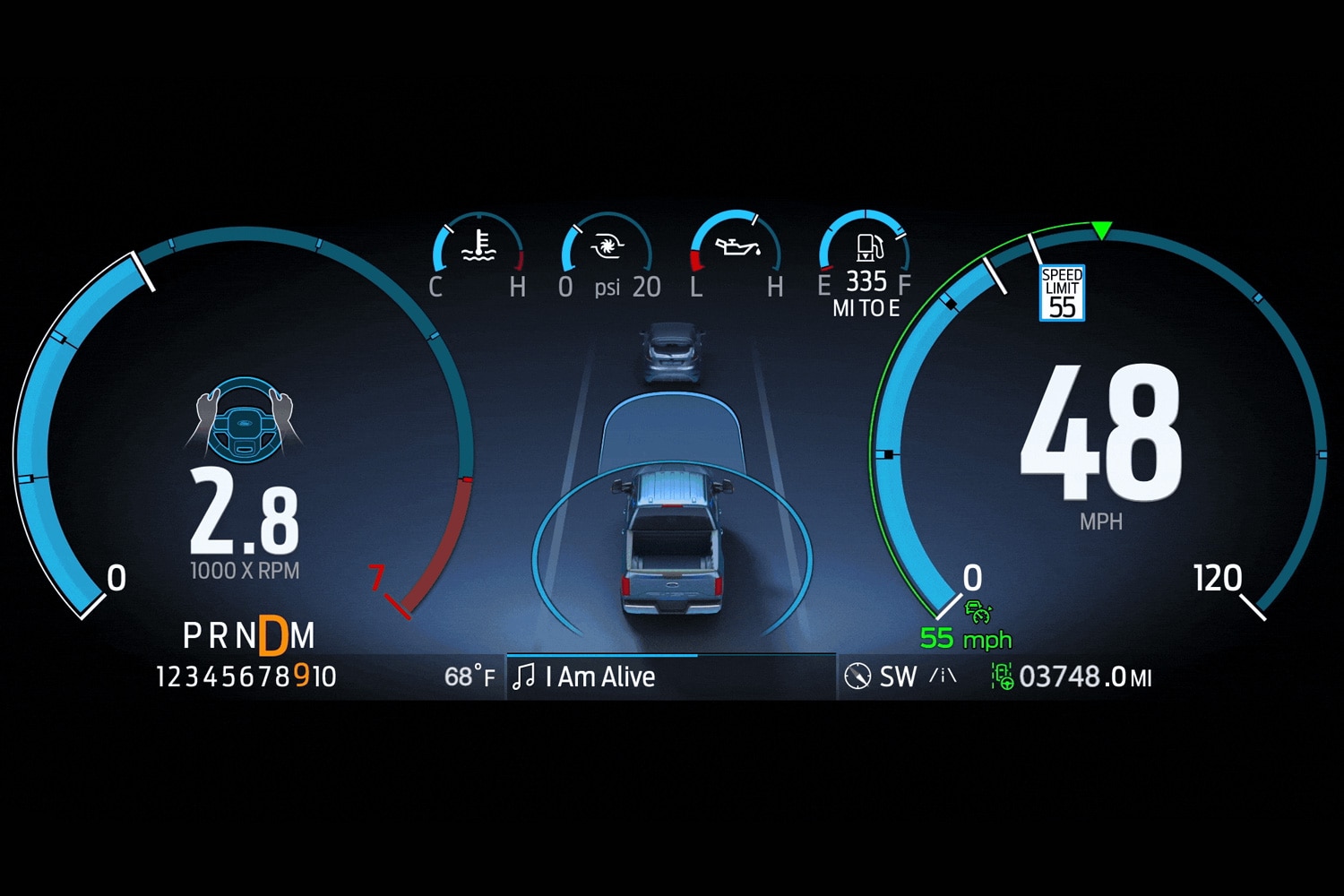What Does ADAS Stand For?
The term covers safety and convenience features that combine optional and standard equipment.
 Ford
Ford
ADAS, or advanced driver-assistance systems, refers to a growing number of safety and convenience features on new vehicles. Some of these features, like backup cameras, are mandatory on new vehicles. Forward collision warning and avoidance technologies are also becoming the industry standard. Automakers are developing new ADAS capabilities to add to future models at a rapid clip.
ADAS systems do not make a car self-driving. As the name implies, the various technologies that are grouped together in ADAS are there to assist the driver in safer driving. At least one car-review outlet put ADAS technologies at the top of its “must have” list for new cars. If you’re shopping for a new car, here are some of the common ADAS technologies you’re likely to encounter. Some automakers use different names for the same or similar technologies.
Automakers also sometimes package ADAS features together under a specific brand name. Ford Co-Pilot 360, for example, or Honda Sensing Suite or Toyota Safety Sense. To learn which specific ADAS features are included in a particular brand’s package, consult the manufacturer’s website.
Major ADAS Features
Adaptive cruise control (ACC): The car will keep driving at a set speed but can slow down and speed up again based on traffic conditions in the lane ahead.
Automatic emergency braking (AEB): The car can detect objects in the road ahead and attempt to avoid hitting the object. Some systems also include pedestrian- or bicycle-detection capabilities.
Automatic high beams: The car can automatically turn the high-beam headlights on and off depending on the surrounding conditions.
Blind-spot warning/blind-spot assist (BSW/BSA): The car will give an alert when the driver signals a move into an adjacent lane with a vehicle in it. The alert continues until the lane is clear or the driver turns off the turn signal. Cars with the assist feature will attempt to avoid contact with the vehicle in the other lane.
Cross-traffic monitor: When moving in reverse, the car will alert the driver if a vehicle is detected approaching from the side.
Driver monitor: The car uses sensors to detect the driver’s head or eye movements and can attempt to keep the driver alert if it detects drowsiness.
Forward collision warning (FCW): The car will alert the driver if it detects a possible collision with a vehicle ahead of it. FCW systems that attempt to prevent a crash are AEB systems.
Lane Keep Assist (LKA): The car will adjust the steering wheel to keep itself centered between detected lane markings.
Lane-departure warning (LDW): The car will alert the driver if it is heading across a lane marking without signaling.
Rear automatic braking: The car will attempt to stop if it is moving in reverse and detects an object in its path of motion.
Traffic-sign recognition (TSR): Cars can display the current speed limit on their infotainment screen or dashboard.
Written by humans.
Edited by humans.
 Sebastian Blanco
Sebastian BlancoSebastian Blanco has been writing about electric vehicles, hybrids, and hydrogen cars since 2006. His first green-car media event was the launch of the first Tesla Roadster in 2006, an event where he almost elbowed Arnold Schwarzenegger in the groin. Since then, he has been tracking the shift away from gasoline-powered vehicles and discovering the new technology's importance not just for the auto industry, but for the world as a whole.
Related articles
View more related articles